Ancient news stories
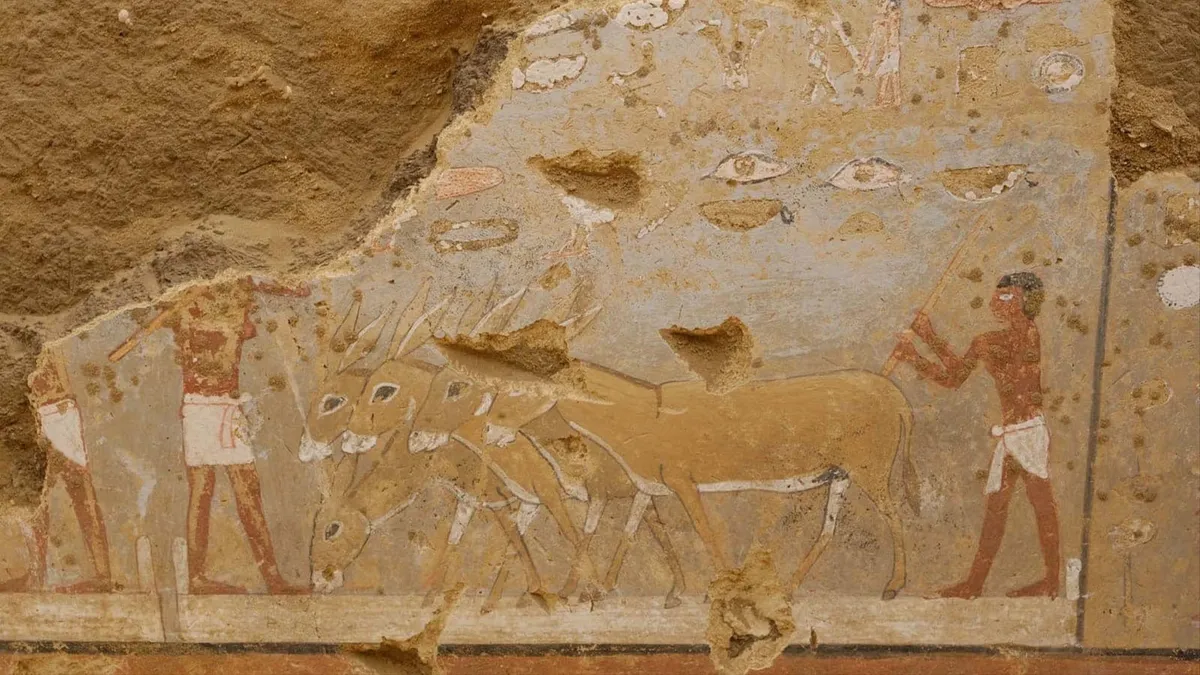
Archaeologists in Egypt have discovered a 4,300-year-old tomb with remarkable wall paintings illustrating everyday life. The tomb is located at Dahshur, a site with royal pyramids and a vast necropolis that’s about 20 miles (33 kilometers) south of Cairo. When the team returns to the field, they plan to excavate the burial shafts to see if any mummies remain.
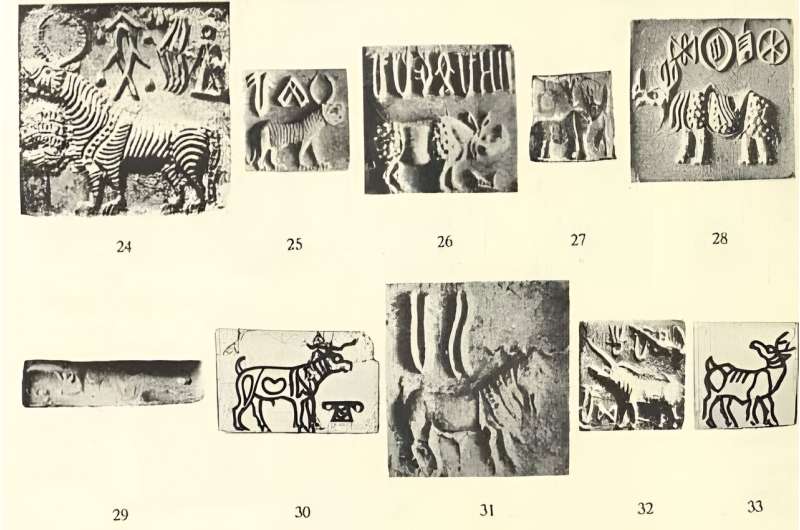
The civilization of Indus River Valley is considered one of the three earliest civilizations in world history, along with Mesopotamia and Egypt.

Scientists have discovered the fossilised skull of a giant river dolphin, from a species thought to have fled the ocean and sought refuge in Peru’s Amazonian rivers 16m years ago. The extinct species would have measured up to 3.5 metres long, making it the largest river dolphin ever found. See the study here.

A new study published in Nature, suggests that humans also may have dispersed during arid intervals along “blue highways” created by seasonal rivers. Researchers also found evidence of cooking and stone tools that represent the oldest evidence of archery.

The excavation site is located at an industrial park near Magdeburg, the capital of the German state of Saxony-Anhalt. It includes a pair of 6,000-year-old “monumental mounds” that contain multiple burials, according to a statement from the State Office for Monument Preservation and Archaeology of Saxony-Anhalt.
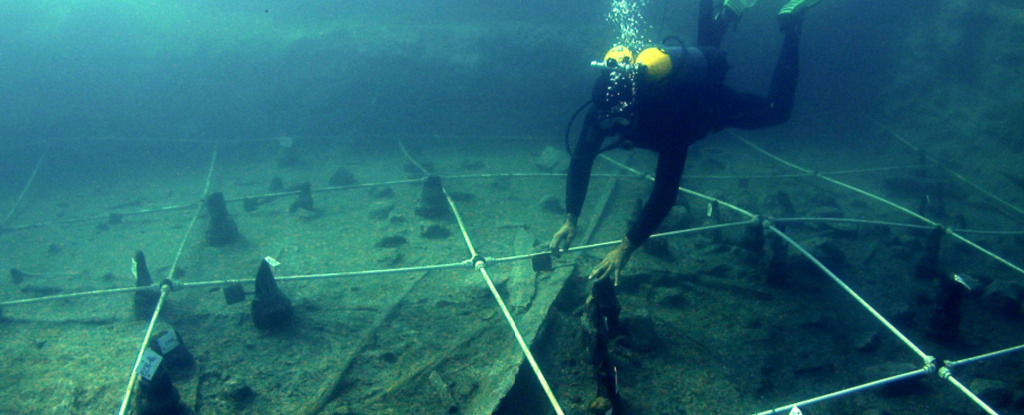
A team of researchers led by archeologist Juan Gibaja of the Spanish National Research Council has described a quintet of canoes dredged up from a Neolithic lakeshore village near Rome, Italy, that reveal the sophisticated boat-building techniques of seafaring communities in the region. The study has been published in PLOS ONE.
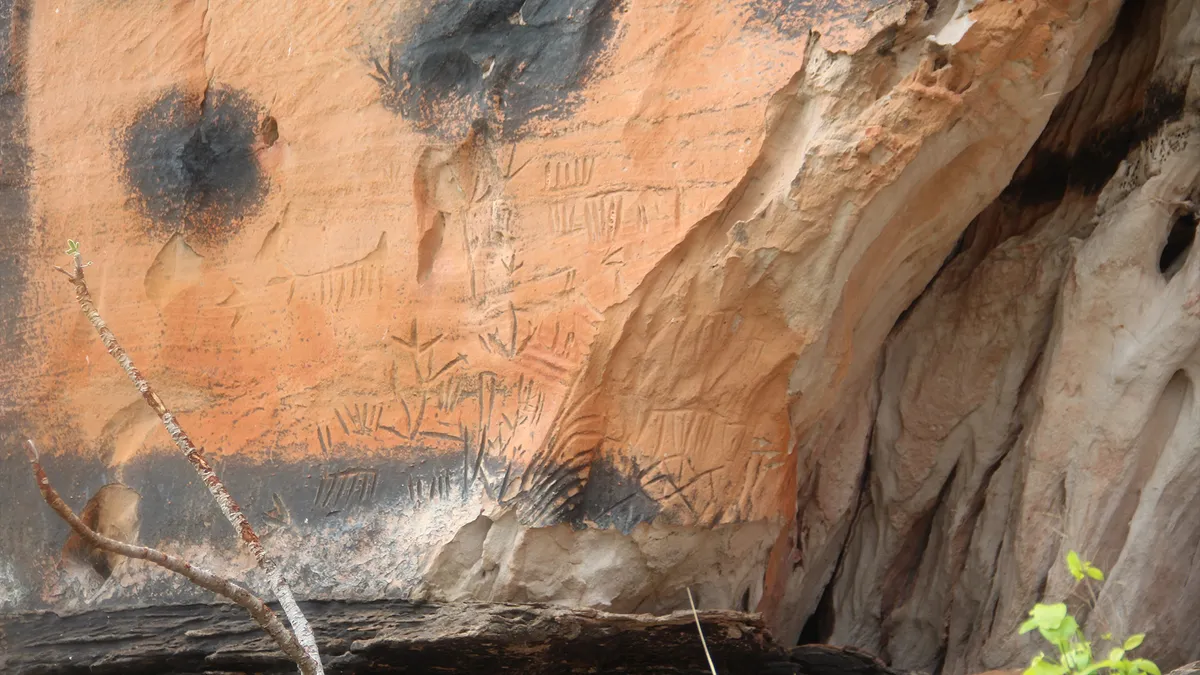
Brazilian archaeologists have discovered a vast number of 2,000-year-old rock carvings that depict human footprints, celestial-body-like figures, and representations of animals, such as deer and wild pigs.

A major report on the remains of a stilt village that was engulfed in flames almost 3,000 years ago reveals in unprecedented detail the daily lives of England’s prehistoric fenlanders.
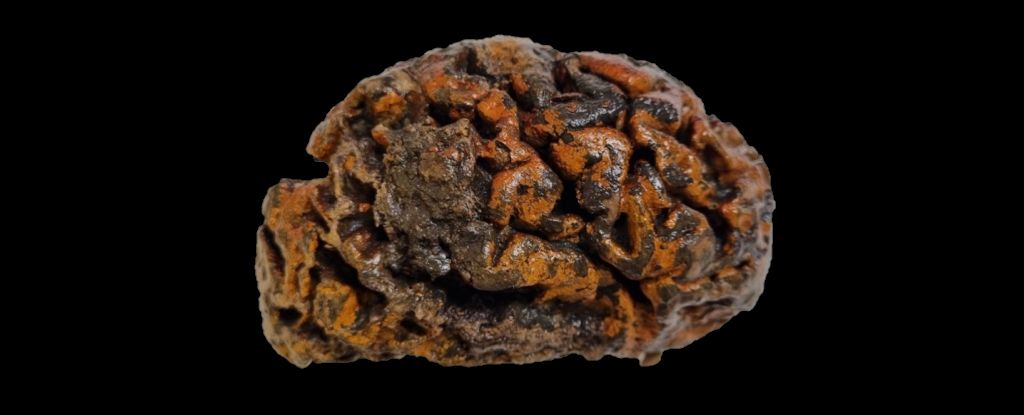
A new study has cataloged human brains that have been found on the archaeological record around the world and discovered that this remarkable organ resists decomposition far more than we thought – even when the rest of the body’s soft tissues have completely melted away.
A project to identify and map rock art sites in a long section of the River Murray in South Australia has resulted in an immediate call for greater understanding and protection of the region’s ancient Aboriginal heritage.
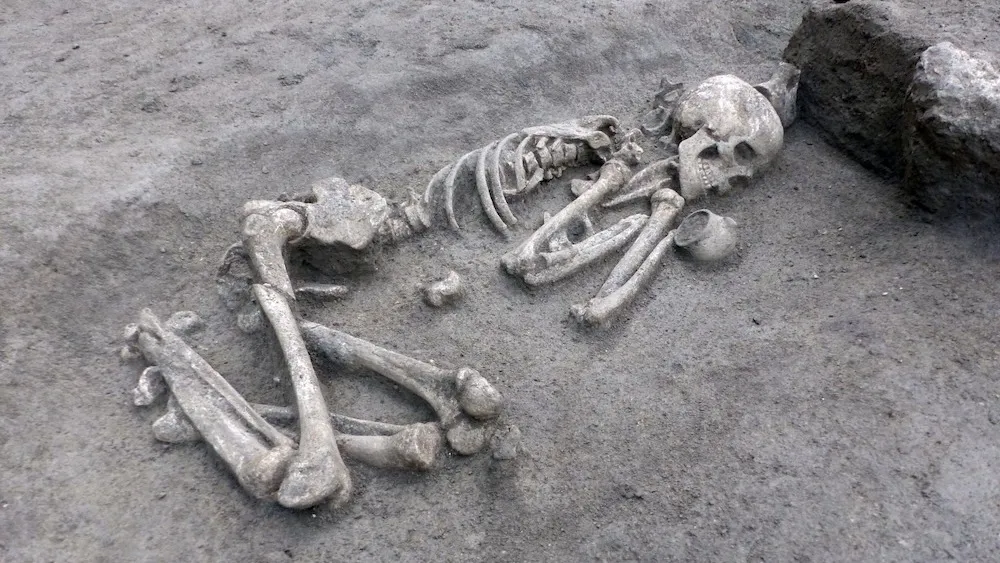
Archaeologists in France have excavated a Neolithic site containing 63 burials and hundreds of structures and artifacts from a human occupation spanning roughly 4,000 years.
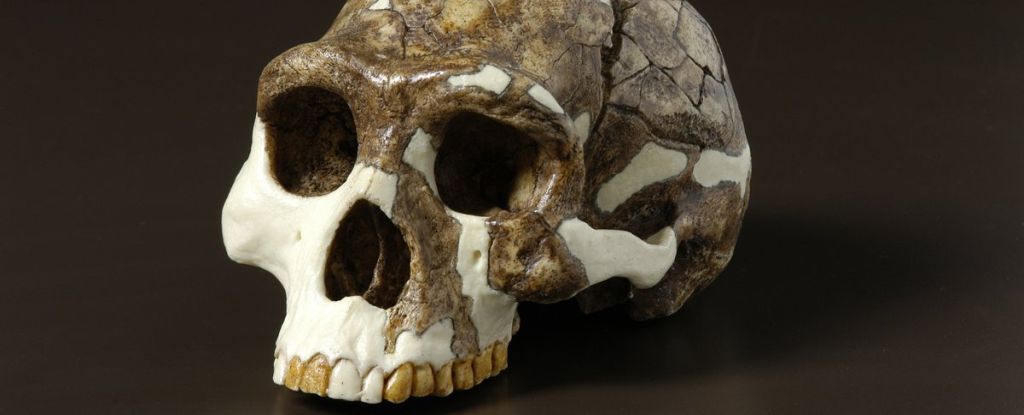
According to the results of a genomics study published last year, modern humanity’s ancestors were reduced to a breeding population of barely 1,300 individuals in a devastating bottleneck that brought us to the very brink of annihilation. Now, a new study has found that a mass migration of humans out of Africa occurred at the same time.
Sometimes, it takes the smallest thing to undertake a mammoth task. That’s what researchers behind the attempts to de-extinct the woolly mammoth are hoping as they announced what they believe to be a step forward in their efforts.

Sound waves fossilized in the maps of galaxies across the Universe could be interpreted as signs of a Big Bang that took place 13 billion years earlier than current models suggest. This research was published in The Astrophysical Journal.

A groundbreaking announcement for the recovery of lost ancient literature was recently made. Using a non-invasive method that harnesses machine learning, an international trio of scholars retrieved 15 columns of ancient Greek text from within a carbonized papyrus from Herculaneum, a seaside Roman town eight kilometers southeast of Naples, Italy.
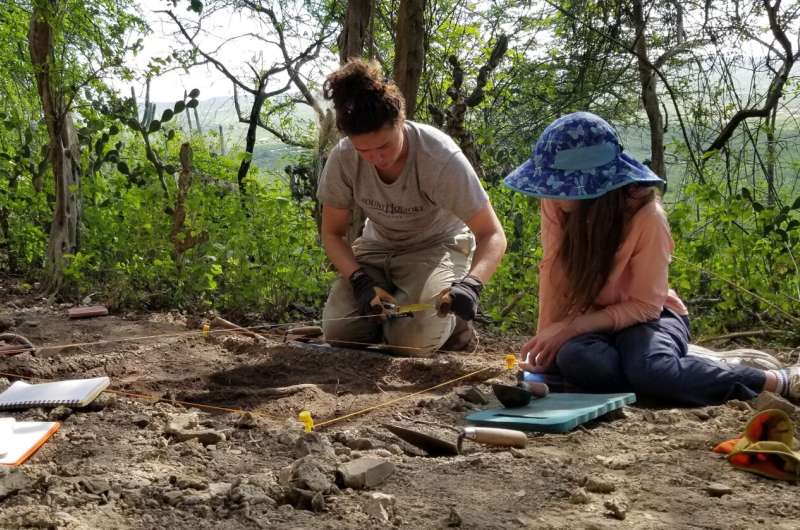
Findings from the team, published in The Journal of Coastal and Island Archaeology, place human occupation of Curaçao, an island in the southern Caribbean, as far back as 5735–5600 BCE—up to 850 years earlier than previously thought.








